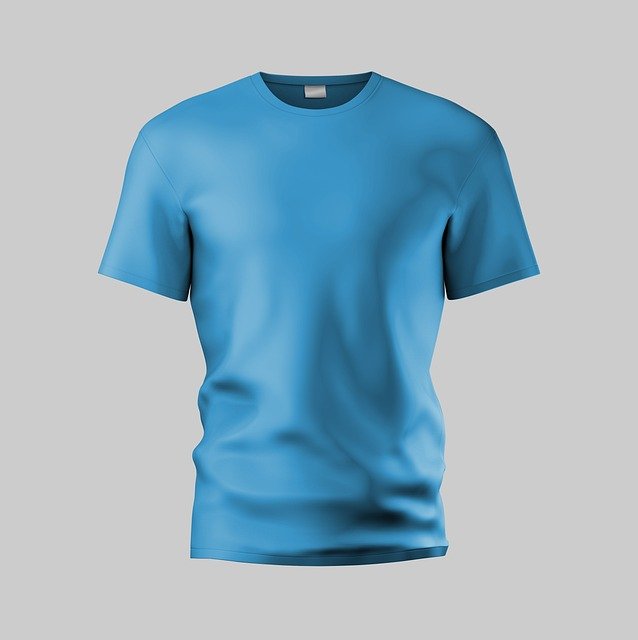Practical Guide to Sweatshirts: Styles and Care
A sweatshirt is a versatile garment that blends comfort with everyday utility, worn across ages and settings. Originally created for athletic use, it now appears in casual, work-casual, and fashion-forward wardrobes. This article explains what sweatshirts are, the differences among popular styles like hoodies and crewnecks, materials and construction considerations, styling tips for varied looks, and practical care advice to extend the life of your sweatshirt collection.

Sweatshirt: definition and construction
A sweatshirt is a knitted, often fleece-lined pullover or zip-front garment designed primarily for warmth and ease of movement. Typical construction uses loopback or brushed fleece fabrics, cotton blends, or synthetic fibers for moisture management and durability. Elements like ribbed cuffs and hems, a dropped shoulder seam, and taped necklines add comfort and shape retention. When assessing a sweatshirt, look at stitch density, seam finishes, and fabric weight—measured in grams per square meter (gsm)—to gauge warmth and longevity. These features influence how a sweatshirt performs during layering, exercise, or daily wear.
Clothing choices and fabric types
Sweatshirts fall under broader clothing categories that prioritize comfort and function. Common fabric options include 100% cotton for breathability, cotton-polyester blends that reduce shrinkage and drying time, and technical synthetics for active use. Organic cotton, recycled polyester, and brushed fleece appear increasingly in sustainable lines. Fabric weight and weave affect drape and thermal performance: lightweight options suit mild climates and workouts, while heavier, higher-gsm fabrics are better for colder weather. Choosing the right fabric depends on intended use—lounging, commuting, light exercise, or as part of a layered outfit.
Fashion uses: styling and layering
Sweatshirts have moved from casual wear into everyday fashion through thoughtful styling. A neutral crewneck under a blazer can soften structured tailoring, while an oversized sweatshirt paired with straight-leg jeans creates a contemporary relaxed silhouette. Colors, prints, and subtle logos influence how a sweatshirt reads—minimal designs often fit into smart-casual settings, while graphic prints emphasize streetwear sensibilities. Consider proportion: slim-fit sweatshirts work well with fuller trousers, and cropped or boxy shapes pair with high-waist bottoms. Accessories, footwear, and outerwear choices help position a sweatshirt within a fashion context without losing comfort.
Hoodie variations and uses
A hoodie is a sweatshirt with an attached hood, often featuring a kangaroo pocket and drawstrings. Variations include pullover hoodies, zip-through hoodies, and lightweight hooded layers for active use. Hoodies are popular for exercise, travel, and layered outfits because the hood adds weather protection and a casual aesthetic. Performance hoodies incorporate moisture-wicking materials and abrasion-resistant fabrics. When selecting a hoodie, consider pocket design, zipper quality, and seam placement for comfort during movement. The hood size and construction also affect how it sits with jackets or hats.
Crewneck care and fit guide
A crewneck sweatshirt offers a round, collarless neckline and a clean silhouette that fits closely to the base of the neck. Fit matters: true-to-size crewnecks are ideal for layering, while looser fits create a relaxed look. To preserve shape and color, wash sweatshirts inside out on a gentle cycle, use mild detergent, and avoid high-heat drying which can cause shrinkage and degrade fibers. Reshape while damp and air-dry flat when possible. For pilled surfaces, use a fabric shaver or pill comb cautiously. Alterations for length or sleeve adjustments are widely available through local services if a tailored fit is desired.
Conclusion
Sweatshirts—including crewnecks and hoodies—are adaptable clothing pieces that combine comfort, functionality, and style. Material choice, construction details, and fit determine how a sweatshirt performs across activities and outfits. With informed choices about fabric, weight, and care, sweatshirts can remain dependable staples in a range of wardrobes, from activewear to casual fashion. Proper laundering and occasional tailoring or repair help extend their useful life without sacrificing comfort or aesthetic.






